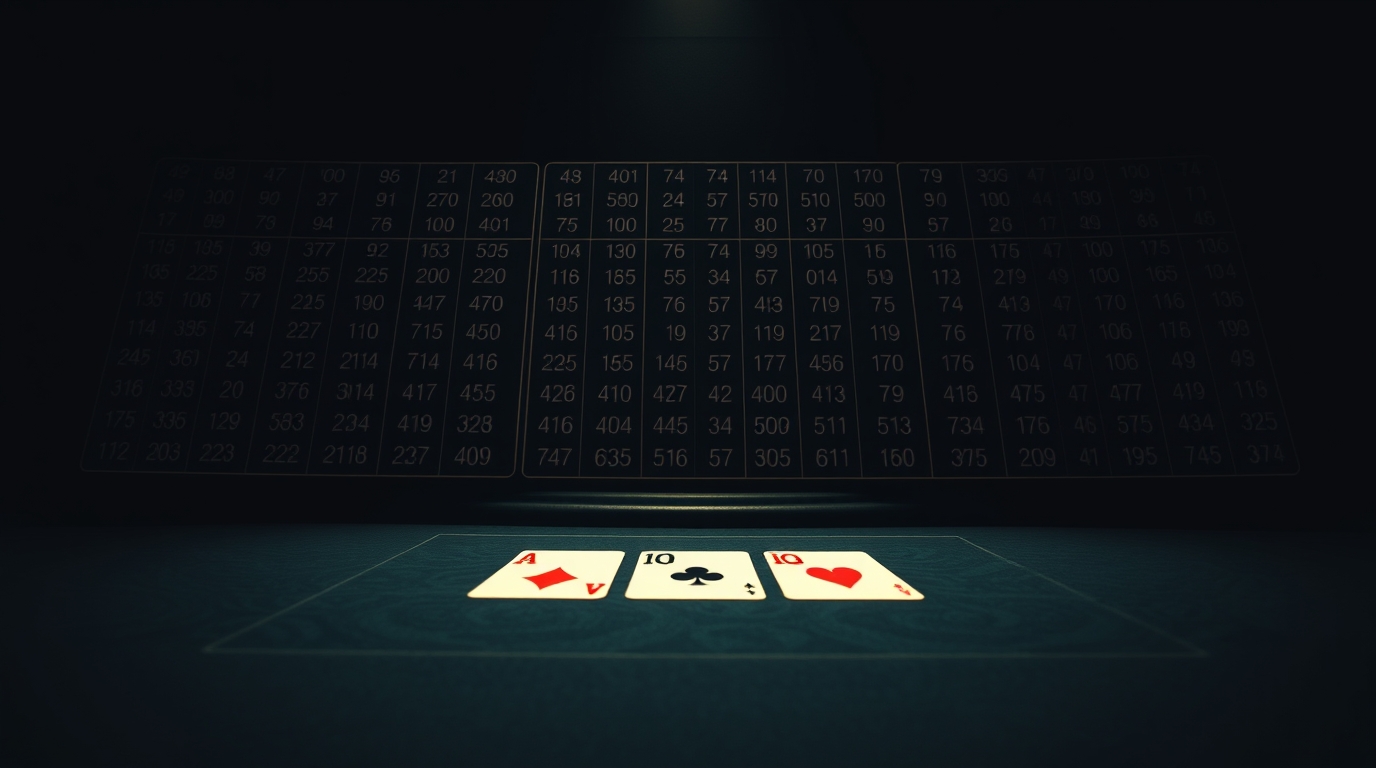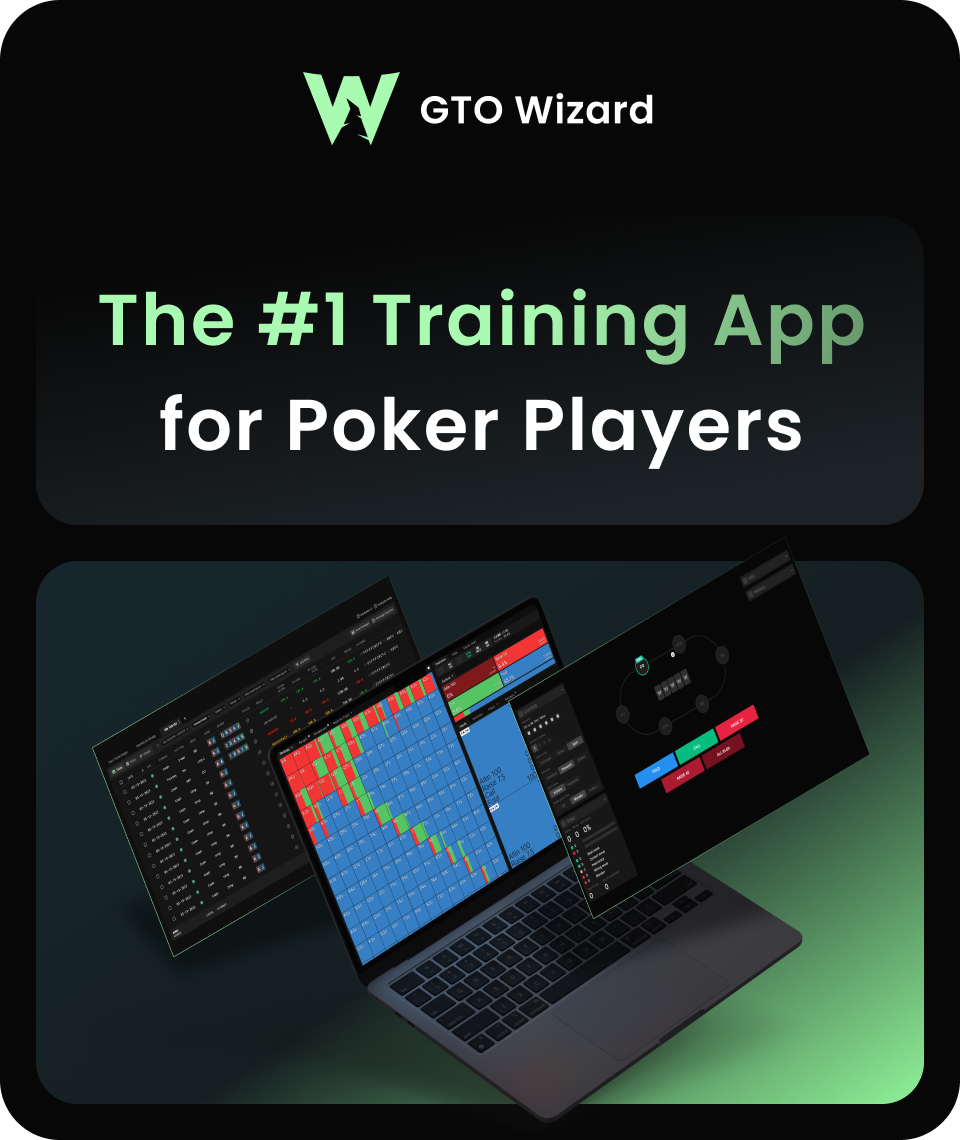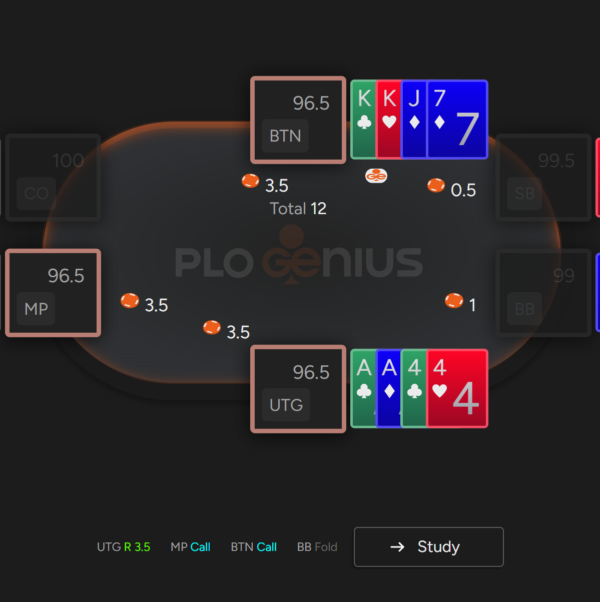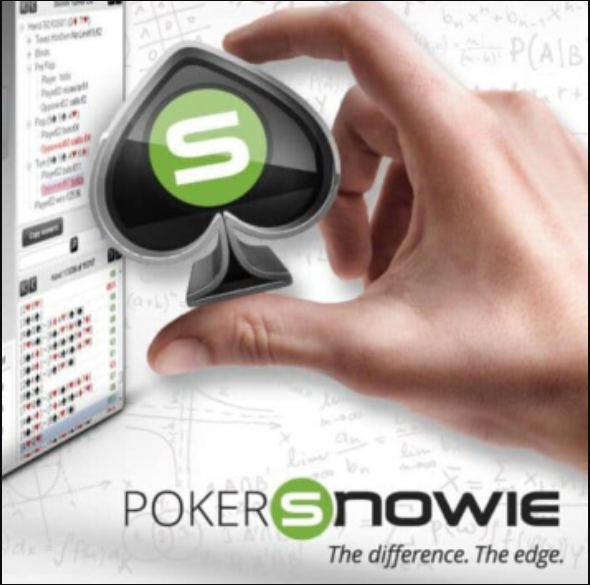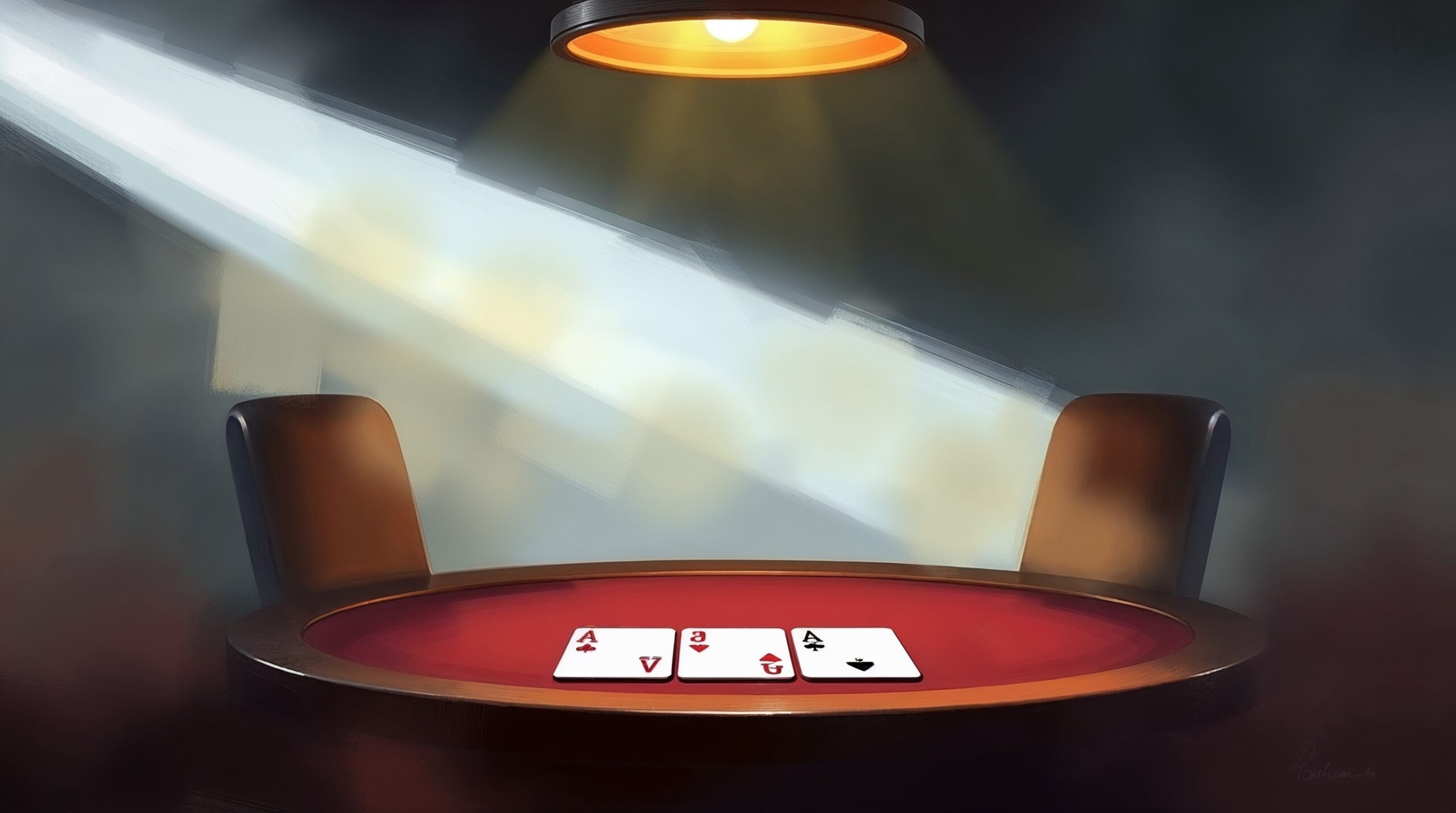| Board Type | IP Strategy | IP Hands | OOP Strategy | OOP Hands |
|---|---|---|---|---|
| Low Paired (3-3-7) | Bet 33% (70%) | Bet: Overpairs, top pairs, good draws | Check: Low pairs, air | Check (50%) | Bet: Overpairs, trips, strong draws | Check: Weak pairs, air |
| High Paired (Q-Q-5) | Bet 33% (80%) | Bet: Overpairs, trips, strong top pairs | Check: Weaker pairs, bluffs | Check (60%) | Bet: Overpairs, trips, strong top pairs | Check: Bluff catchers |
| Low Unpaired (5-6-2) | Bet 33% (60%) | Bet: Overpairs, good top pairs, draws | Check: Weak pairs, air | Check (70%) | Bet: Overpairs, strong top pairs, draws | Check: Weak pairs, air |
| High Unpaired (K-J-2) | Bet 33%-50% (80%) | Bet: Overpairs, top pairs, draws | Check: Weak pairs, air | Check (70%) | Bet: Overpairs, strong top pairs, draws | Check: Weak pairs, air |
| Wet/Dynamic (J-T-8) | Bet 66%-75% (70%) | Bet: Two-pair, strong draws, overpairs | Check: Weaker hands | Check (60%) | Bet: Two-pair, strong draws, overpairs | Check: Medium strength hands |
| Dry/Static (A-7-2) | Bet 33% (80%) | Bet: Top pair, strong hands | Check: Medium strength hands | Check (80%) | Bet: Strong top pairs, overpairs | Check: Medium strength hands |
| Monotone (K-9-4♠) | Bet 33%-50% (60%) | Bet: Flushes, nut blockers, high draws | Check: Weak pairs, no spade | Check (70%) | Bet: Nut flushes, strong hands | Check: Weak pairs, air |
Here's a simplified GTO flop strategy that you can use to make quick and effective decisions without running a solver every time. It covers different board textures, betting sizes, and position considerations.
Simplified GTO Flop Strategy
✅ Assumption: You are the preflop raiser in a single-raised pot.
✅ General Plan:
- Use small bets (33% pot) on dry/static boards.
- Use larger bets (66%–75% pot) on dynamic boards.
- Check when you have little equity or the board favors the caller’s range.
1. Low Paired Boards (e.g., 3♠ 3♦ 7♣)
- In Position (IP): Bet 33% pot ~70% of the time
- You have range advantage and can pressure weaker hands.
- Out of Position (OOP): Check ~50% of the time
- Defend vs raises with overpairs and strong draws.
2. High Paired Boards (e.g., Q♠ Q♦ 5♣)
- IP: Bet 33% pot ~80% of the time
- The board heavily favors the raiser (you have QQ+, AQ).
- OOP: Check often (~60%)
- Call or raise with QQ+, strong pocket pairs, and good bluffs (A-high backdoors).
3. Low Unpaired Boards (e.g., 5♠ 6♣ 2♦)
- IP: Bet 33% ~60% of the time
- Low boards hit the caller's range more (they have more suited connectors, low pairs).
- OOP: Check ~70%
- Defend vs bets with strong hands (overpairs, sets, good draws).
4. High Unpaired Boards (e.g., K♦ J♣ 2♠)
- IP: Bet 33%–50% pot ~80% of the time
- You have range and nut advantage (AK, AA, KK).
- OOP: Check often (~70%)
- Call with strong hands, raise bluffs selectively.
5. Wet/Dynamic Boards (e.g., J♠ T♠ 8♦)
- IP: Bet 66%–75% pot ~70% of the time
- You need to deny equity and extract value.
- OOP: Check ~60%
- Defend vs aggression with strong hands and good draws.
6. Dry/Static Boards (e.g., A♠ 7♣ 2♦)
- IP: Bet 33% pot ~80% of the time
- Easy to continuation bet because the board doesn’t change much.
- OOP: Check ~80%
- Defend vs bets with strong pairs.
7. Monotone Boards (e.g., K♠ 9♠ 4♠)
- IP: Bet 33%–50% pot ~60% of the time
- Slow down if raised, only continue with flushes or strong redraws.
- OOP: Check ~70%
- Call with flushes, strong pairs with a spade.
Simplified Decision Tree
| Board Type | IP Strategy | OOP Strategy |
|---|---|---|
| Low Paired (3-3-7) | Bet 33% (70%) | Check (50%) |
| High Paired (Q-Q-5) | Bet 33% (80%) | Check (60%) |
| Low Unpaired (5-6-2) | Bet 33% (60%) | Check (70%) |
| High Unpaired (K-J-2) | Bet 33%–50% (80%) | Check (70%) |
| Wet/Dynamic (J-T-8) | Bet 66%–75% (70%) | Check (60%) |
| Dry/Static (A-7-2) | Bet 33% (80%) | Check (80%) |
| Monotone (K-9-4♠) | Bet 33%–50% (60%) | Check (70%) |
Why This Works
- Simplified frequencies (~60–80% c-bets) make decisions easier.
- Small bets (33%) on dry boards where opponent can’t call with many hands.
- Larger bets (66–75%) on wet boards to deny equity.
- Check more OOP because the caller has more board coverage.
When to Bet Instead of Check OOP
📌 1. Paired Boards (Q-Q-5, 3-3-7)
- Betting 30%: With overpairs, trips, and bluffs with equity (like backdoor flush draws).
- Check: With weak hands that can't continue vs a raise.
📌 2. Low Unpaired Boards (5-6-2, 4-3-8)
- Betting 30%: Overpairs (AA, KK), strong top pairs, or semi-bluffs (flush draws, gutshots).
- Check: Weaker pairs, no-equity hands.
📌 3. High Unpaired Boards (K-J-2, A-Q-5)
- Betting 30%: Strong top pairs+, sets, and high-equity bluffs (flush draws, straight draws).
- Check: Medium-strength hands like second pair (to control the pot).
📌 4. Wet/Dynamic Boards (J-T-8, 9-8-7)
- Betting 30%: Two-pair, strong draws, overpairs, sets.
- Check: Weaker hands to balance.
📌 5. Monotone Boards (K♠ 9♠ 4♠)
- Betting 30%: Flushes, nut flush blockers (A♠), high-equity bluffs.
- Check: Weaker hands.
